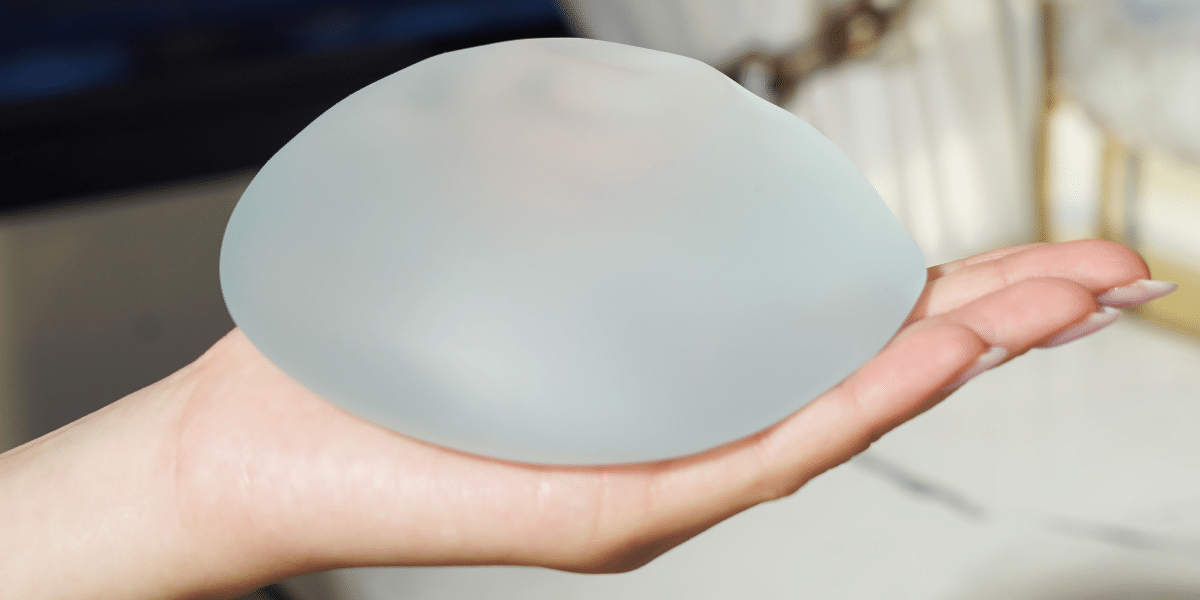The cannabis plant has been at the center of debates, discussions, and scientific inquiries for centuries. Its complex composition contains a multitude of compounds, each with its unique properties and effects. Among these compounds, THC (tetrahydrocannabinol) and THCa (tetrahydrocannabinolic acid) stand out, representing distinct stages in the cannabis life cycle. Consider the amount of THCa vapes and even flower that is on the market now to understand the impact of THCa. In this exploration, we delve into the differences between THC and THCa, shedding light on their chemical structures, biological activities, and the impact of decarboxylation on their properties.
Chemical Structures:
- THC (Tetrahydrocannabinol):
THC is the primary psychoactive compound found in cannabis responsible for the plant’s euphoric effects. Chemically, THC belongs to a class of compounds known as cannabinoids, and its molecular formula is C21H30O2. The compound features a cyclic ring structure with a series of carbon atoms, hydrogen atoms, and oxygen atoms arranged in a specific configuration. This molecular structure enables THC to interact with the endocannabinoid receptors in the human body, particularly the CB1 receptors in the central nervous system.
- THCa (Tetrahydrocannabinolic Acid):
On the other hand, THCa is the precursor to THC and is present in raw, unprocessed cannabis plants. THCa’s molecular structure is similar to THC, with the key difference being the presence of a carboxylic acid group (COOH) in THCa that is absent in THC. This carboxyl group gives THCa its acidic nature. THCa is considered non-psychoactive, meaning it does not induce the intoxicating effects commonly associated with THC.
- Decarboxylation:
The process of decarboxylation plays a pivotal role in the conversion of THCa into THC. Decarboxylation involves the removal of the carboxyl group from THCa through exposure to heat, light, or time. This transformation is crucial for unlocking the psychoactive potential of cannabis, as the acidic THCa needs to be converted into THC to produce the desired effects.
Biological Activities:
-
THC:
As the psychoactive component of cannabis, THC interacts with the endocannabinoid system in the human body. It binds primarily to CB1 receptors in the central nervous system, leading to the release of neurotransmitters like dopamine. This interaction results in the characteristic euphoria, altered perception of time and space, and changes in mood commonly associated with cannabis consumption. Beyond its psychoactive effects, THC also exhibits analgesic, anti-inflammatory, and antiemetic properties, making it a focus of medical research.
-
THCa:
THCa, in its raw form, does not bind directly to the CB1 receptors and, therefore, does not produce the psychoactive effects associated with THC. However, recent research suggests that THCa may have its own therapeutic potential. Studies indicate anti-inflammatory, neuroprotective, and antiemetic properties associated with THCa, although more research is needed to fully understand its mechanisms of action and therapeutic applications.
Medical Applications:
- THC:
The medicinal use of THC has gained widespread recognition, particularly in the treatment of various medical conditions. THC-based medications have been approved for managing symptoms such as chronic pain, nausea and vomiting in chemotherapy patients, and muscle spasticity in conditions like multiple sclerosis. Additionally, THC has shown promise in appetite stimulation and addressing symptoms associated with conditions like HIV/AIDS and certain neurodegenerative disorders.
- THCa:
While research on THCa is still in its early stages, preliminary findings suggest potential therapeutic applications. THCa’s anti-inflammatory properties may make it useful in conditions where inflammation plays a role, such as arthritis. Additionally, its neuroprotective effects could have implications for the treatment of neurodegenerative diseases. However, further clinical trials are needed to validate these potential benefits.
Legality and Accessibility:
THC, being the psychoactive compound, is subject to strict regulations in many jurisdictions. The legal status of THC-containing products varies globally, with some regions permitting medical and recreational use, while others strictly regulate or prohibit its use.
On the other hand, THCa, being the precursor and non-psychoactive in its raw form, falls into a somewhat different regulatory category. In some places, products containing THCa, such as THCa disposables may be more accessible or subject to less stringent regulations compared to THC-containing products. However, regulations can vary widely, and consumers should be aware of the legal status of cannabis and its derivatives in their respective locations.
Conclusion:
In summary, the differences between THC and THCa highlight the complexity of the cannabis plant and its potential for therapeutic applications. THC, the psychoactive compound, is formed through the decarboxylation of THCa and is known for its euphoric effects and medicinal properties. THCa, in its raw form, lacks psychoactivity but shows promise in various therapeutic areas. The ongoing research on cannabinoids, including THC and THCa, continues to unveil the intricate interplay between these compounds and the human body, paving the way for a deeper understanding of cannabis and its potential benefits.














